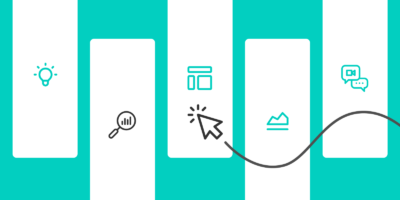Just because an Android app is listed on Google Play doesn’t necessarily mean it’s safe to download. In a recent blog post, Google said it removed more than 700,000 bad apps from its digital marketplace in 2017, which is 70 percent more than the year prior. That translates into about 2,000 apps removed per day.
According to Google, one of the most common violations meriting app removal is impersonation. This occurs when a developer creates an app appearing to be a legitimate, well-known app that’s already on Google Play. Nefarious developers use this tactic to trick Android users into downloading their app. Users believe they are downloading a legitimate app when they are actually downloading a malicious app. Google says a quarter-million of the apps removed from its digital marketplace last year were impersonating other apps.
Google says it also removed Potentially Harmful Apps (PHAs) from its Android marketplace. These apps contain malicious code that threaten the user or his or her device. Some PHAs include phishing schemes that entices the user into submitting his or her personal information. Others contain malware that allows a hacker to take control of the user’s device. The Mountain View company didn’t reveal the number of PHAs is removed from Google Play last year.
Furthermore, Google removed tens of thousands of Android apps containing inappropriate content such as violence, hate and illegal activities.
So, how do you know if an Android app is safe to download? Avoiding third-party websites and only downloading apps from Google Play can help, but as revealed by Google, it’s not a fool-proof way to safeguard your device against malicious apps. One way to determine if an app is safe is to check the developer. In Google Play, you can see the developer’s name below the app name. Copying and pasting the developer’s name into Google Search should reveal more information about him or her and whether they are legitimate.
You can also look at the app’s publish date. Google does a pretty good job at removing bad apps in a timely manner. Therefore, apps that were published many months ago, or years ago, are generally safer than those published within the past few days.
Perhaps the most important step in protecting against malicious Android apps is to check their permission details. Malicious apps often send your personal information to the developer. You can check an app’s permissions by clicking the “Permission details” button on the app page.


